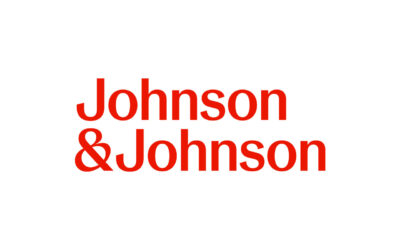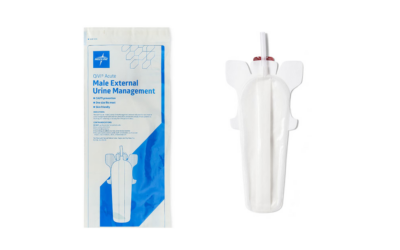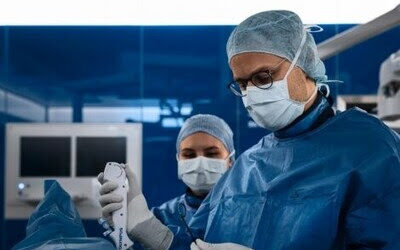by Caryn Humphrey, RN, BSN, MBA
Healthcare organizations are facing increasingly tighter budgets, and resource management has become an ongoing struggle. On a daily basis, nurses witness how high-level purchasing decisions, and sustainability initiatives, affect the operations of a hospital. As bastions of knowledge and invaluable caregivers, nurses can positively influence their hospital’s sustainability initiatives and improve their facility’s operational performance.
 Third-party single-use device (SUD) reprocessing is a proven strategy that can address the fiscal and environmental challenges facing many hospitals. Reprocessing not only dramatically reduces waste, but also drives cost savings that can be reallocated toward retaining talent, purchasing new technologies and increasing caregiver staff. For a reprocessing program to deliver optimal benefits, it must be fueled by involvement from all levels of staff.
Third-party single-use device (SUD) reprocessing is a proven strategy that can address the fiscal and environmental challenges facing many hospitals. Reprocessing not only dramatically reduces waste, but also drives cost savings that can be reallocated toward retaining talent, purchasing new technologies and increasing caregiver staff. For a reprocessing program to deliver optimal benefits, it must be fueled by involvement from all levels of staff.
Whether in the OR, the EP or cath lab, or on patient floors, nurses can directly influence the success of a reprocessing program and ultimately help determine the overall savings impact. The best way to improve results is to be proactive about increasing participation in the reprocessing program. Here are four simple ways nurses can take ownership of a reprocessing program and help drive hospital-wide sustainability:
- Do your homework
As a nurse, one of your many responsibilities is to be familiar with the instruments used in your department, including the SUDs that your facility reprocesses. Third-party reprocessing is governed by stringent FDA guidelines, requiring all reprocessed devices to undergo meticulous testing prior to sale. Like OMs, reprocessors are held to strict regulatory, safety and quality standards. Becoming familiar with the regulatory framework supporting reprocessing helps you to better distinguish facts from fiction. Moreover, don’t be afraid to ask your reprocessing representative for answers – your rep should be able to articulate precisely how SUDs are cleaned, function tested and sterilized.
- Reach out to fellow staff
When you’re armed with accurate information, your colleagues are open to suggestions for program expansion and improvement. Share your passion and enthusiasm for reprocessing as a sustainability practice. When nurses serve as advocates for the program, they can personally drive financial and environmental savings results. Reach out to materials managers, clinicians, and the executive leadership team. For example, compel the purchasing department to order reprocessed devices by illustrating the impact on the organization’s bottom line. You can motivate other staff members by organizing facility-wide “green teams,” to brainstorm ideas to minimize waste.
- Understand device usage and collections
 Do you know what reprocessed devices are currently used in your department and where they are collected? Common devices in the OR that can be reprocessed include lap scissors/graspers, ultrasonic scalpels, trocars, arthroscopic shavers and wands. Confusion about proper collections protocol reduces savings, because SUDs are needlessly thrown away with regular OR waste.
Do you know what reprocessed devices are currently used in your department and where they are collected? Common devices in the OR that can be reprocessed include lap scissors/graspers, ultrasonic scalpels, trocars, arthroscopic shavers and wands. Confusion about proper collections protocol reduces savings, because SUDs are needlessly thrown away with regular OR waste.
- Suggest ways to expand the program
While operating rooms typically generate the majority of a hospital’s waste, other departments in the hospital can also see positive results from reprocessing. Many costly devices used in the EP and cath lab, such as diagnostic ultrasound catheters, can be safely reprocessed and returned at a fraction of the original cost. On patient floors, non-invasive devices such as pulse oximeter sensors and DVT compression sleeves can be safely reprocessed and removed from your facility’s waste stream.
Third-party reprocessing has become one of the easiest ways hospitals can help drive cost savings, which can ensure the long-term viability of their organizations while retaining the most valuable resources of all: qualified, talented caregivers. Nurses play a vital role in determining every reprocessing program’s success. Get engaged and see the difference you can make.
For more information, visit sustainability.stryker.com









